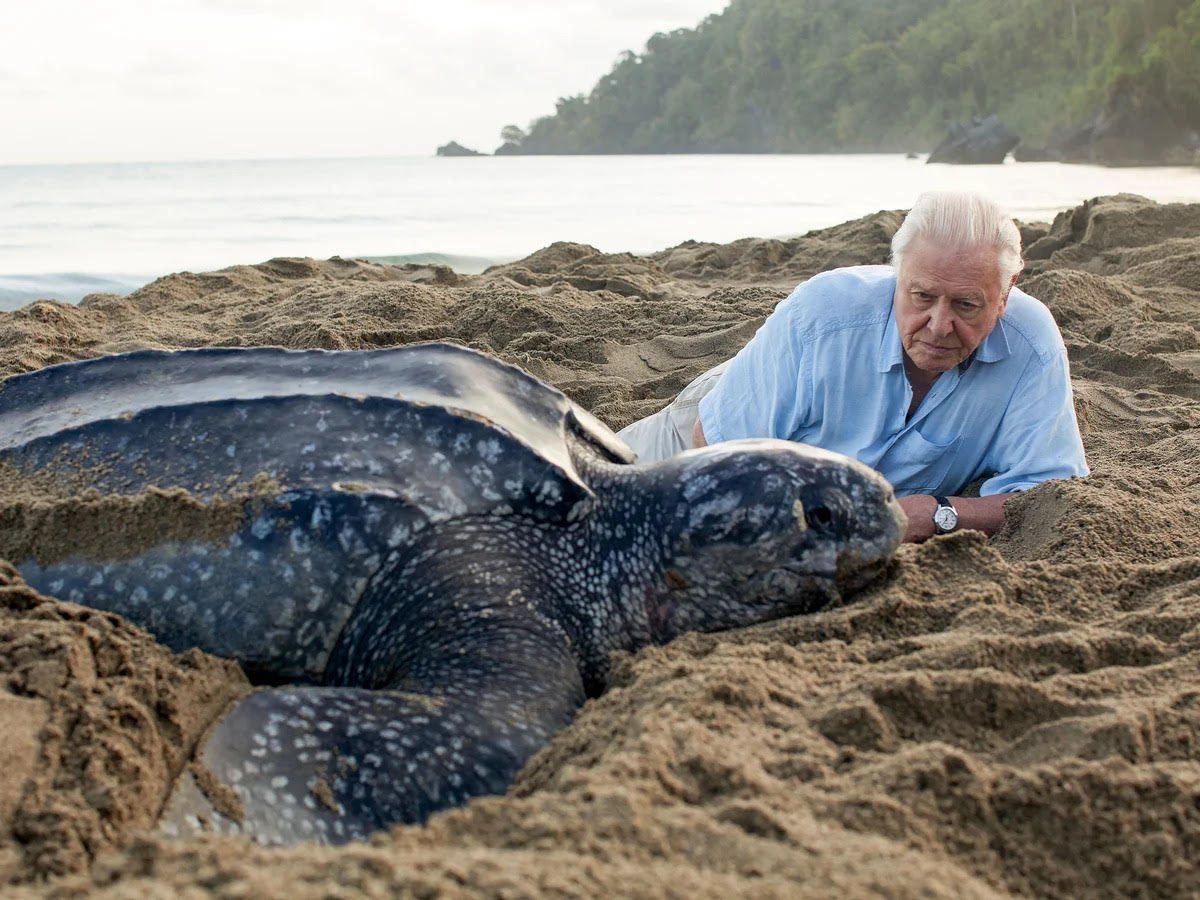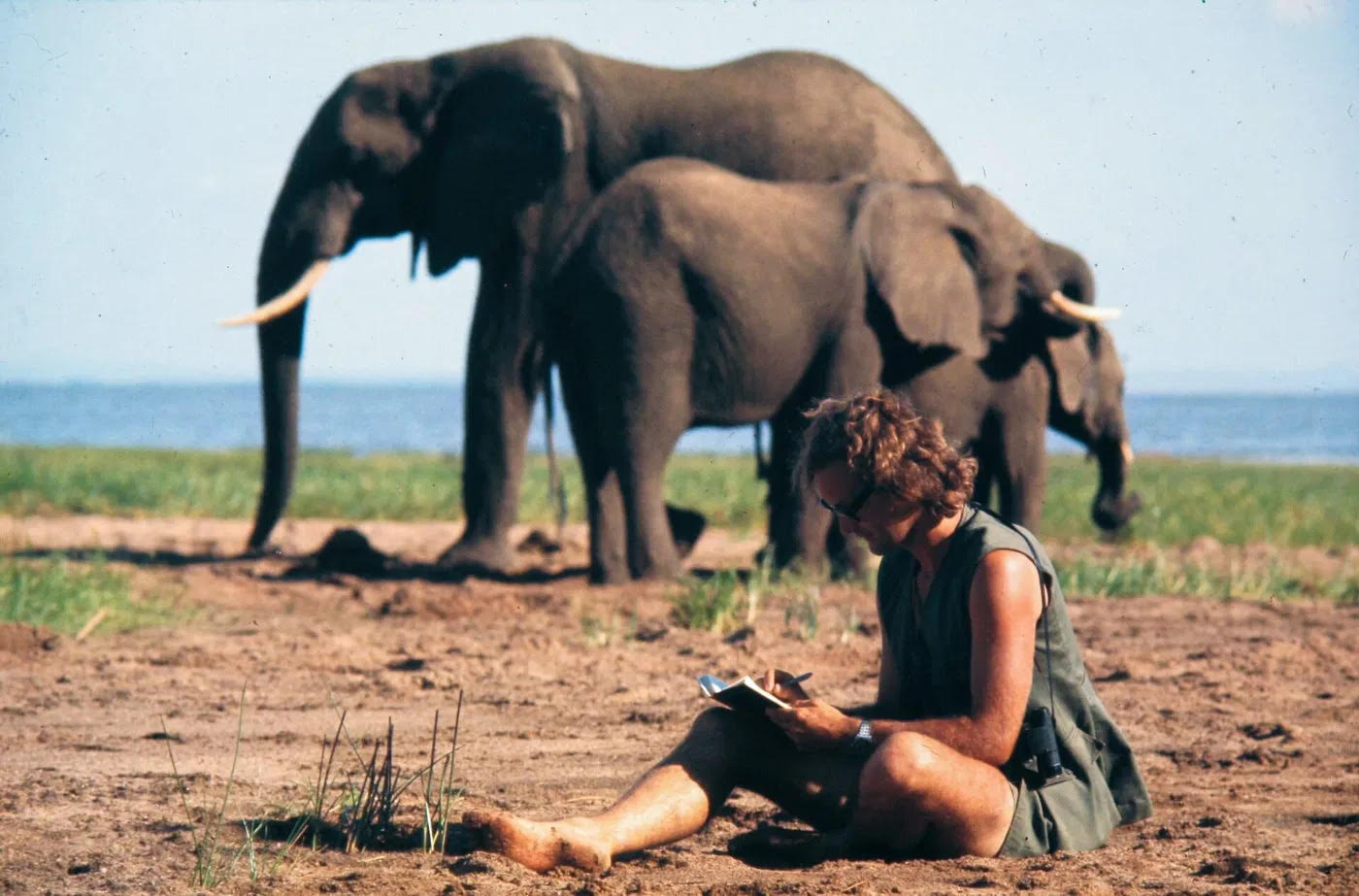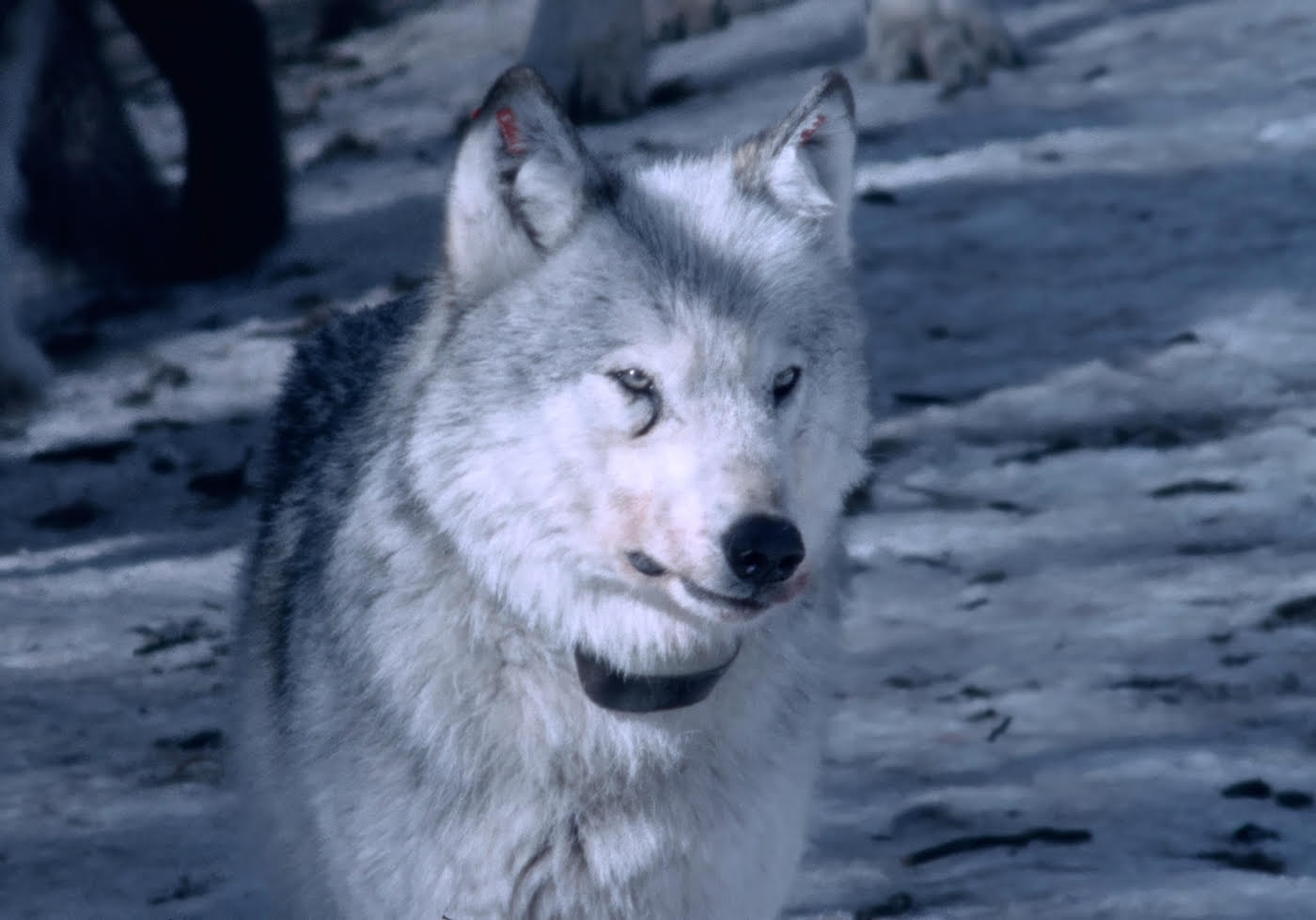


If you’re feeling buried by this summer’s national news headlines — from the devastating early July Texas flash floods, to a tick season surge hitting emergency rooms in the Northeast, to the fray of national politics — consider Boulder’s Environmental/Nature/Outdoors Film Festival, or ENOFF, your chance to resurface with four days of films that confront our environmental predicament and ask: “Well, now what?”
From July 17 to 20, the festival returns to the Dairy Arts Center and features a lineup of documentaries and narrative films tackling issues like nuclear contamination, water wars in the West, wolf reintroduction, and environmental hot potatoes currently bouncing around Colorado and beyond.
For those planning to attend, don’t expect a weekend full of passive movie-watching. Instead, ENOFF corrals filmmakers, scientists, and anyone with strong opinions about the fate of the planet into leading post-show discussions and Q&A panels. Throughout the weekend, there will be chances to engage in some lively debates with industry leaders, grill film directors and partake in at least a couple of gatherings where compostable cups are guaranteed.
According to festival founder and director Richard Paradise, this year’s slate of films is “one of the strongest yet.” The festival lineup leans into both Colorado-specific stories and big-picture global issues.
“There are several films with a unique Colorado relevance, and this year we really wanted to bring issues close to home, from our mountain wildlife to the radioactive skeletons in our suburban closet,” Paradise said. “But we’re also looking at stories that reach well beyond the Rockies. These films are about engaging the community in dialogue about Colorado, yes, but also about the world we’re all living in right now.”
Opening the festival is a documentary with teeth (or, rather, fangs): “Lost Wolves of Yellowstone,” directed by Thomas Winston, an Emmy award-winning filmmaker based in Montana. His latest project uses long-lost archival footage to tell the inside story of the landmark 1995 reintroduction, capturing the people, politics and drama behind one of America’s most ambitious wildlife experiments.
“I always thought there would be an amazing opportunity to tell the origin story of wolves returning to Yellowstone when they were reintroduced in 1995, but the original footage had vanished,” Winston said. “We made another big effort to find it a couple of years ago, and finally, we found the lost footage. So it was really because of this new treasure trove of archival footage shot (roughly) 30 years ago that we could finally tell that story.”
Wolves, once common in the lower-48-states part of the U.S., were largely wiped out of Yellowstone and much of the West by the mid-20th century as victims of government policy, ranching pressure and the usual American urge to manage the wild out of existence.
Decades after the fall of wolves, Yellowstone’s ecosystem had spun out of balance. Elks, understandably so, went wild without a natural predator and their populations soared, and the park’s forests, rivers and other wildlife paid the price. In the mid-1990s, after review and years of public debate, the government moved forward with a plan to bring wolves back. At the time, it was one of the most hotly debated wildlife projects ever attempted in the United States.
Since then, the Yellowstone wolves have become the poster animals for rewilding, ecosystem health and, depending on your perspective, are either an environmental triumph or a bureaucratic headache. About 30 years later, Colorado has begun reintroducing wolves to its own landscapes — a sign of just how far the debate, and the species, have come.
But Winston’s film doesn’t just follow in the footsteps of any old nature doc. Instead, the film is a real-life epic about power struggles, public outcry, scientific gambles and the rare moments when government paperwork changes the course of the wild.
“We’ve compared reintroducing wolves to putting someone on the moon. A lot of people said it could never be done, but it took people with a lot of leadership to pull it off. The results have really — people now couldn’t imagine Yellowstone without wolves,” Winston said.
Boulder’s wolf advocates have a seat at the table, too. After the screening, the discussion panel will feature CU Professor Joanna Lambert, a leading wildlife scientist and board member of the Rocky Mountain Wolf Project, alongside journalist Daniel Glick and other local wolf experts, ready to debate what it really means to share the West with apex predators, whether in a national park or in our own backyard.
Another must-see film, “Half-Life of Memory: America’s Forgotten Atomic Bomb Factory,” screens on Saturday. The documentary digs into Colorado’s darker — and more secretive — history with nuclear weapons production.
If the story of Rocky Flats isn’t something that was covered in your high school history classes, you’re not alone. For decades, this facility on the outskirts of Denver quietly produced the plutonium cores for America’s nuclear arsenal in an operation so secretive, even the families of workers didn’t know what really happened behind closed gates.
Jeff Gipe, who directed the film, lived with that secrecy himself. “My father worked at Rocky Flats from 1982 to 2002. Growing up, I mean, it was very familiar to me, but I was never really aware of what it was or what really happened there. Workers weren’t allowed to talk about it. My dad didn’t talk to myself or the rest of my family about it.”
“Half-Life of Memory” is Gipe’s attempt to bring Rocky Flats’ long-buried story into the open, with an unflinching analysis at how a secretive factory left a contaminated imprint on Colorado’s landscape and its collective memory. The film traces the plant’s operations, the activism that grew up around it, and the ways the truth was hidden from both workers and the public.
The film also sheds light on facts that many Coloradans (and Americans) still don’t know. “If you ask the Department of Energy, they say they produced plutonium parts for nuclear weapons. They were often called triggers or buttons or pits. But essentially, they’re atomic bombs,” Gipe said. “Learning that they made essentially 70,000 (nuclear) bombs out there was pretty eye-opening. The media still misreports it all the time, saying they just produced ‘triggers.’ But they were creating the explosive cores that set off the hydrogen bombs.”
The project also dives into the FBI raid and the decades of fallout, both literal and political, that followed. Gipe points out the long-term consequences: “Plutonium is very hazardous, and it lasts a very long time. It has a half-life of over 24,000 years. The entire site, and off-site areas, were coated with plutonium oxide from some of the largest plutonium fires that have ever occurred. There was also dumping of nuclear waste into drinking water supplies and burying it anywhere and everywhere out there.”
Today, much of the former Rocky Flats site has been transformed into a national wildlife refuge and open space, with trails and grasslands accessible to hikers, bikers and school field trips. However, beneath the prairie grass and wildflowers, the legacy of nuclear weapons production remains — a grim reality that Gipe hopes audiences will confront.“I hope it prompts people to consider the area they are in, acknowledge our history and recognize that these plutonium bombs, or pits, are now being produced in New Mexico. This is a significant part of U.S. history that often goes unacknowledged and is not taught in schools. I genuinely hope people pay attention and ask more questions.”
If radioactive legacies or wolf politics aren’t your cup of tea, ENOFF’s weekend lineup offers plenty of other choices. Cycling documentaries like “When We Cycle” and “Cycling Without Age” celebrate Boulder’s passion for bikes. “Out There: A National Park Story” follows a road trip through America’s national parks, while “Her Shark Story” offers a close-up look at the world’s largest fish. “The American Southwest” explores the Colorado River and the challenges facing water in the West.
The festival also features a program of short films, a story of survival and endurance in “Age Group Winner,” and a look at elephants’ intelligence and vulnerability in “A Life Among Elephants.” On Sunday, “How to Power a City” explores renewable energy solutions, and the festival closes with “Ocean,” David Attenborough’s latest documentary about life beneath the waves.
The Boulder Environmental/Nature/Outdoors Film Festival runs July 17-20 at the Dairy Arts Center, with opening and closing parties at the Hilton Garden Inn and Velvet Elk Lounge. Tickets, the full schedule, and the complete lineup are available at the Boulder ENOFF website. Bring your curiosity, your critical thinking, and maybe a Geiger counter — just kidding. (Sort of.)
For Paradise, what sets this festival apart isn’t just the films but the chance for the Boulder community to come together and talk about what matters. “The festival provides an opportunity to refresh knowledge and reignite passion for wildlife preservation, clean energy, and clean air — topics that many people in this region find important,” he said. “It allows attendees to come together, learn from each other and engage in discussions, which is so much more valuable than just going to a local Cineplex where there’s typically no engagement. This way, we can connect, and get closer to finding solutions.”


 PREVIOUS ARTICLE
PREVIOUS ARTICLE
